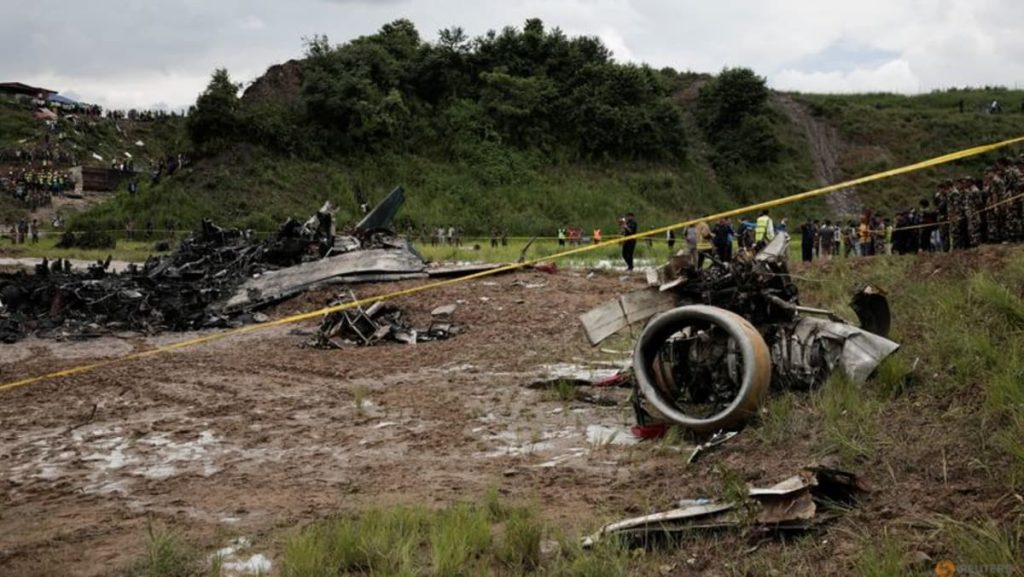A tragic incident occurred in Kathmandu, where a small passenger plane belonging to Nepal’s Saurya Airlines crashed and caught fire while taking off, resulting in the deaths of 18 individuals. The plane, carrying two crew members and 17 technicians, was en route to Nepal’s Pokhara airport for regular maintenance. The Civil Aviation Authority of Nepal reported that shortly after takeoff, the aircraft veered off course and crashed on the east side of the runway, leading to the devastating outcome.
This crash once again highlighted Nepal’s poor air safety record, as the country has experienced nearly 350 fatalities in plane or helicopter crashes since 2000. Prime Minister K.P. Sharma Oli visited the crash site and urged patience from the public in a social media post. An emergency cabinet meeting was convened to establish a panel to investigate the cause of the crash. The nation’s reliance on air connectivity due to limited road infrastructure makes incidents like this one all the more critical for authorities to address.
The 50-seater CRJ-200 aircraft, with registration 9N-AME, was carrying 18 Nepali citizens and one engineer from Yemen. Tragically, only the captain survived the crash and is currently receiving medical treatment. Television footage captured firefighters attempting to extinguish the flames and thick black smoke billowing into the sky. The visuals also showed the plane flying slightly above the runway before tilting to the right and ultimately crashing, emphasizing the intensity and severity of the incident.
Authorities in Nepal, including the Civil Aviation Authority and the government, are working diligently to investigate the cause of the crash and ensure the safety of future flights. The focus remains on identifying any potential factors that may have led to this tragic accident and implementing necessary measures to prevent similar incidents in the future. The nation mourns the loss of the 18 individuals who perished in the crash, and efforts are being made to provide support and assistance to the families of the victims during this difficult time.
The crash has brought widespread attention to Nepal’s aviation sector and raised concerns about the overall safety standards in the country. As a landlocked Himalayan nation heavily reliant on air connectivity, Nepal faces the challenge of balancing the demand for air travel with the need for stringent safety regulations. The tragic event underscores the importance of continually evaluating and improving aviation safety measures to prevent future tragedies and uphold the highest standards of passenger and crew protection.
In light of this devastating incident, the global aviation community stands in solidarity with Nepal as authorities work towards uncovering the causes of the crash and implementing preventive measures. The loss of the 18 individuals on board the ill-fated flight serves as a stark reminder of the inherent risks associated with air travel, underscoring the critical importance of ensuring rigorous safety protocols and standards in the aviation industry. As Nepal mourns the loss of lives in this tragic event, efforts to enhance air safety measures and prevent such accidents in the future are paramount for the well-being of all passengers and crew members who rely on air travel in the country.


